What is a caffè leccese and a pasticciotto? What do they taste like? And where can you find them? Hint: Only in the Salento region. This was my experience trying both for the first time while in Nardò, Salento.
As soon as we arrived in the Salento region, we headed straight to the baroque town of Nardò. Our first stop was Caffè Parisi located in the main square, Piazza Antonio Salandra, for a quick mid-day coffee. We had been thinking about this caffè salentino since we first started our trip in Puglia and we couldn’t wait to finally try it. We had chosen the most epic place to savor our first caffè leccese (also know as caffè salentino), the caffè was a torrefazione artigianale.
About the Torrefazione Artigianale: Caffè Parisi
Upon entering the coffee shop, I had the impression of being transported back in the mid-1900s. The atmosphere was bright, elegant, refined, like something you’d see in an old classical Italian film.
Caffè Parisi was opened in 1920 by Domenico (nicknamed Mimmí) Parisi. The business was continued by his son Augusto and his wife Maria who really brought life to the coffee shop. They were icons in Nardò and their stories still live on among the locals of this small Salento town. Today, the new owner Antonio Previdero and his wife Giorgia aim to bring the caffè’s old architecture and coffee roasting techniques to life, while blending them with the new and fresh flavor of today’s coffee. The result is a genuine and authentic coffee heritage and process that can still be tasted in the coffee today.
Caffè Leccese
Since this was our first day in Salento, my mother and I ordered our first-ever caffè leccese. A traditional iced coffee you can only find in the Salento region. The caffè leccese was invented in the city of Lecce around the 1950s by the Quarta family. You’ll find that ice coffees are a trend the further South you go in Italy because of the unbearable heat.
Caffè leccese is made with ice cubes, espresso, and a dash of either fresh almond milk or almond milk syrup. Most of the caffè lecceses I had were made with a special syrup, not milk. I picked up the small spoon on my plate, spun the espresso, syrup, and ice cubes together, and took a sip. If you hate the taste of straight black coffee (like my mom does), than this is the drink for you. She couldn’t get enough of this beverage and neither could I. It tasted like a lightly all-natural sweetened coffee, it was delicious. I could drink caffè leccese all day if it weren’t for the caffeine! And that’s what I did…I drank one everyday, while traveling around the Salento region.
And even when I came home, I proceeded to buy an almond milk syrup and make myself a caffè leccese every once in a while for breakfast.
Pasticciotto
We accompanied our caffè leccese with a local pastry called pasticciotto, which is usually served alongside coffee for breakfast. It had come straight out of the oven. It’s impossible to put into words the deliciousness of this warm pasticciotto leccese. The closest I can get to describing it is a pastry that upon savoring evokes all the color and warmth of the sunny Salento region. There’s a reason the pasticciotto has been named the gastronomic symbol of Salento.
Pasticciotto is a wide, thick, brick shaped baked good filled with an abundant pastry cream filling. Thinking back…I only now realize I never took a picture of the inside of the pasticciotto to share with you all. What a shame…the warm, melting pastry cream inside is making my mouth water just thinking about it. Like I said, I had one of these every day when in Puglia and I did not regret it. Just don’t look up the recipe for how the traditional pasticciotto is made prior to your trip or you’ll think twice before consuming as many as I did. But again: no ragrets–not one single letter as Scotty P from the movie We’re The Millers would say. I haven’t tried to bake it at home yet, but I found a recipe on one of my Italian websites and was thinking of giving it a try!
Legend has it that the pasticciotto was born in the neighboring Greek town of Galatina at Pasticceria Ascalone in 1745. Following a town festival honoring the local Saint Paolo, Pasticceria Ascalone’s baker was asked to use the leftover pastry dough to create a new pastry. And the pasticciotto was born.
My time in Salento was definitely one to remember. Yes, it has beautiful beaches, quaint baroque towns, a beautiful masseria hidden among olive groves, and plenty of seaside activities…but, what really stuck with me was the caffè leccese and pasticciotto.
>> Next: Why Nardò Should Be Your Homebase When In Puglia
Follow SVADORE on:
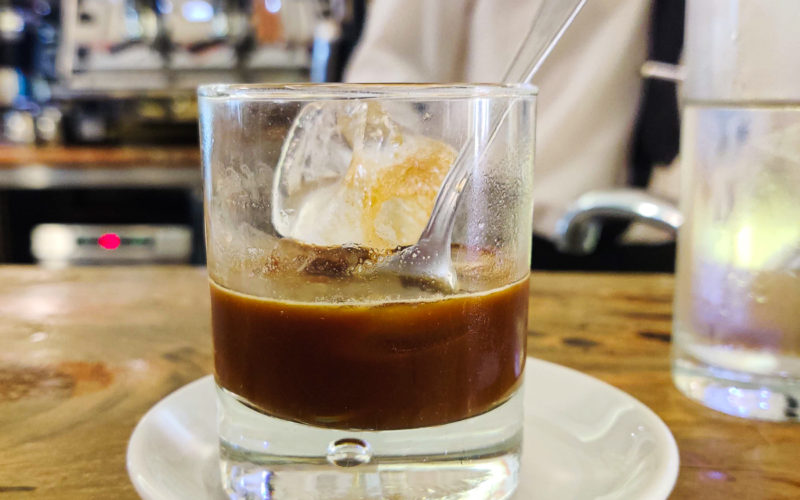
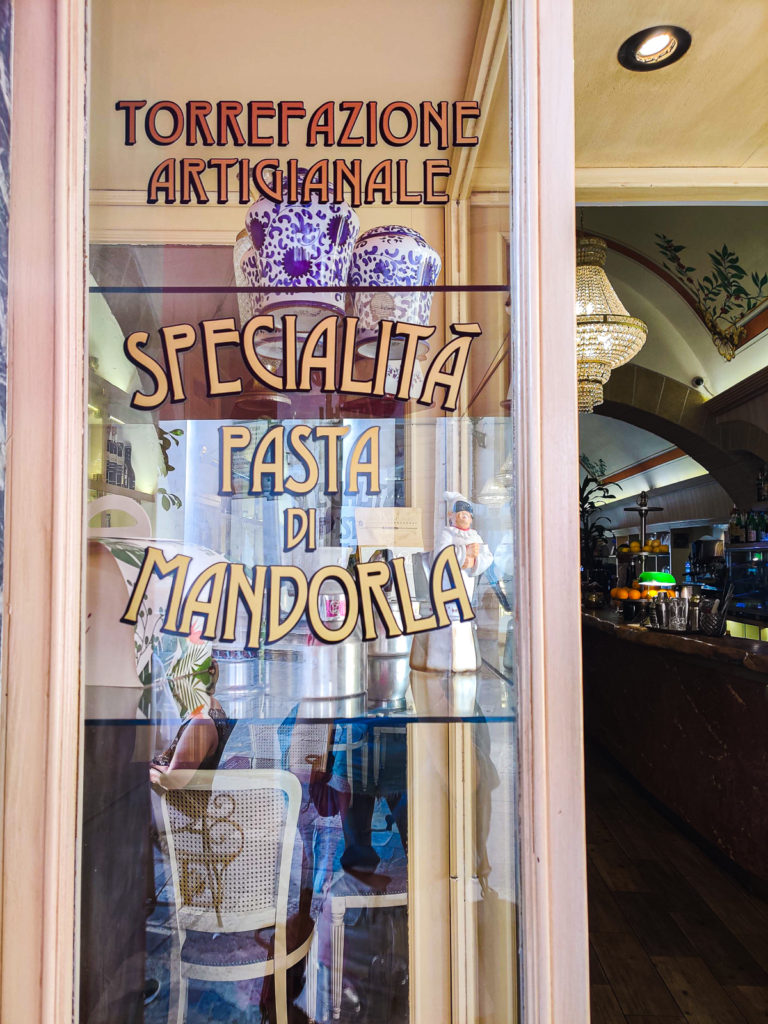
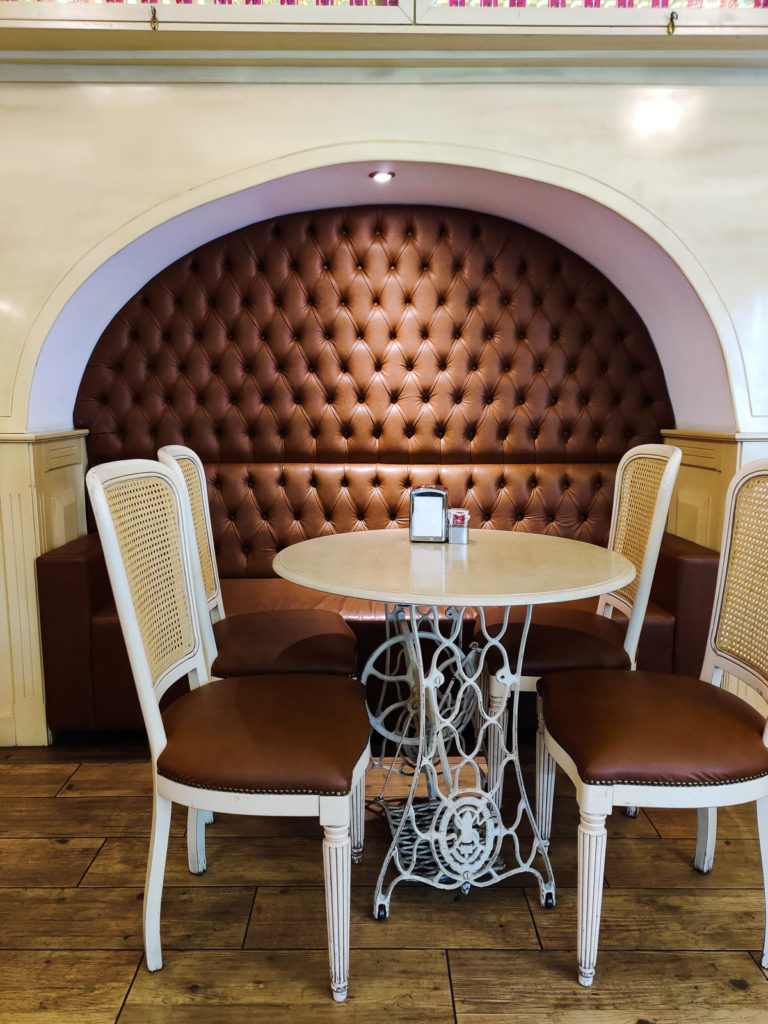
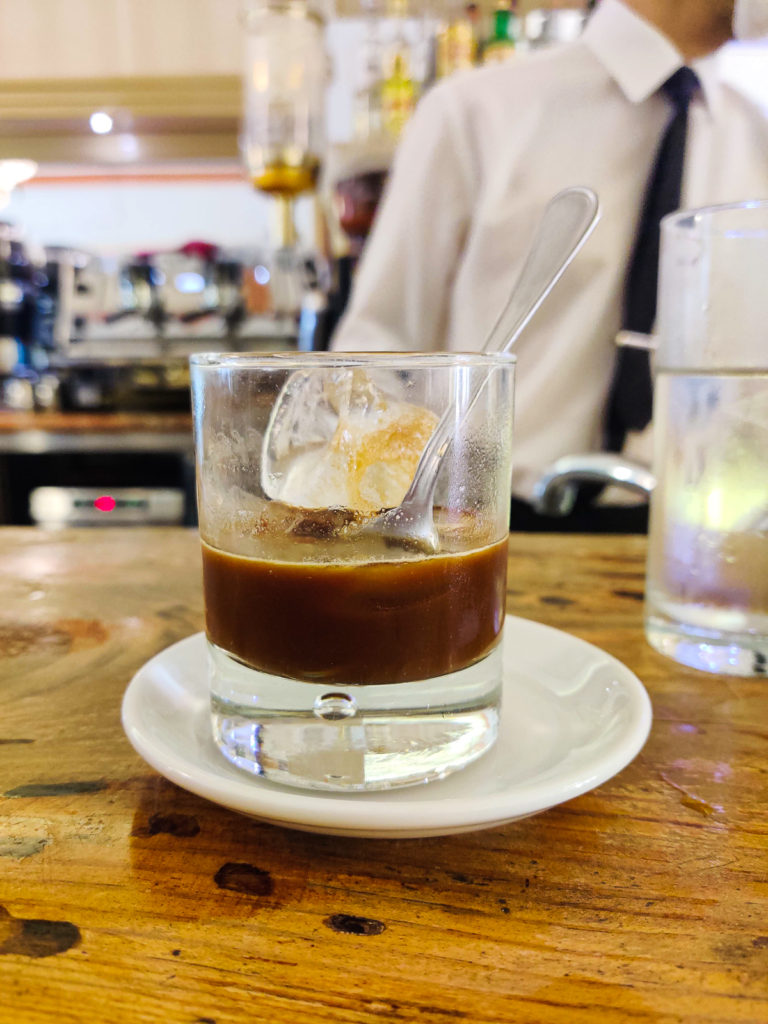
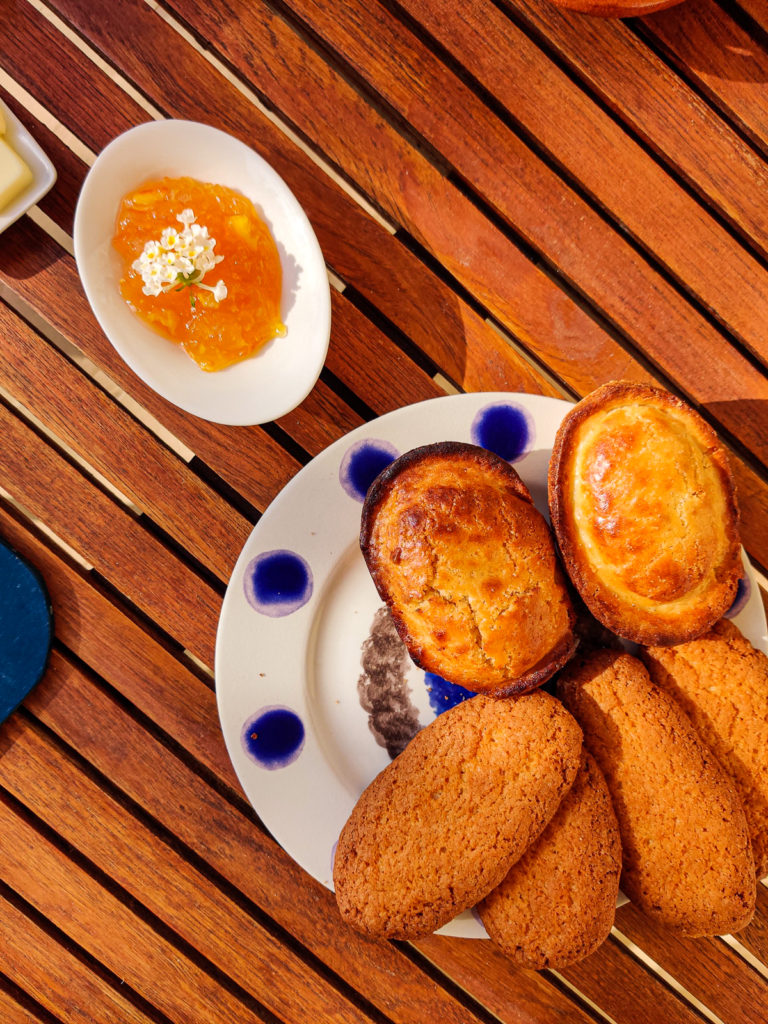
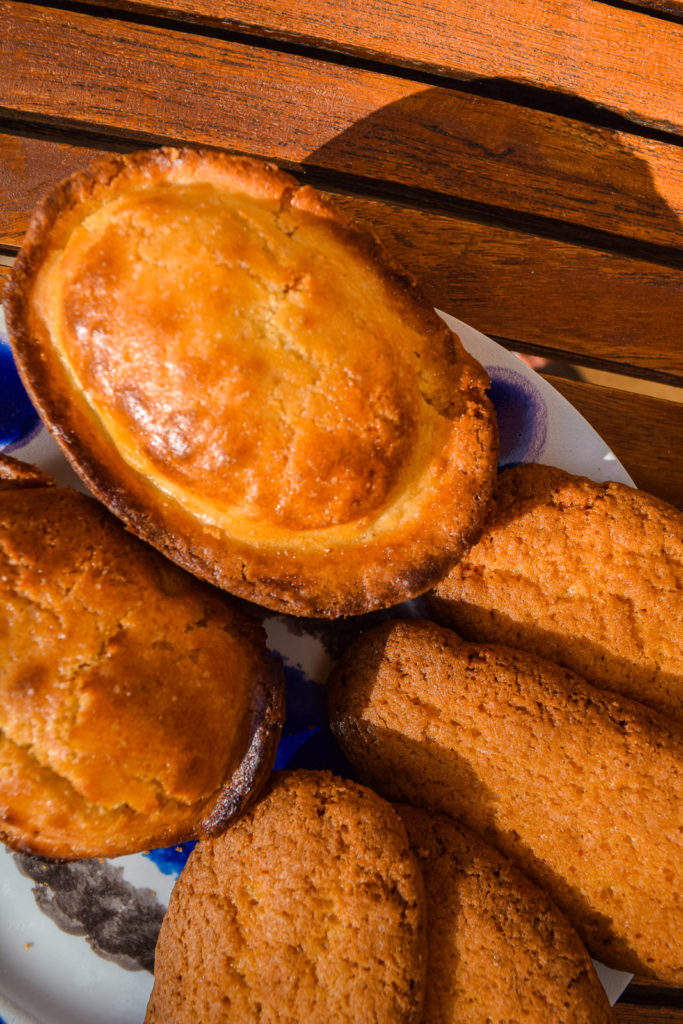
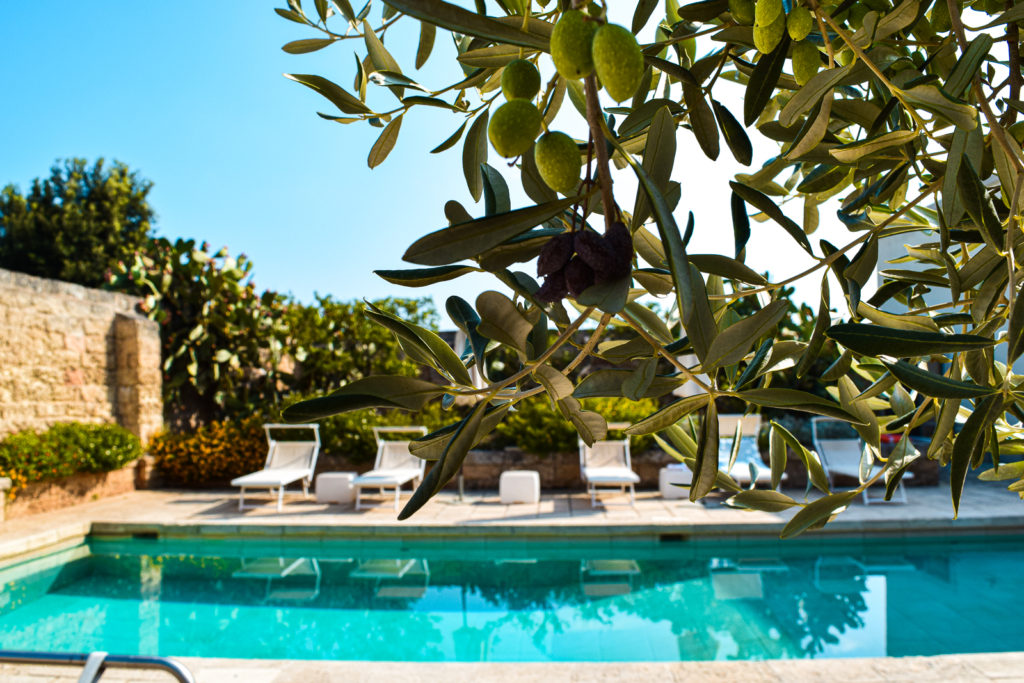
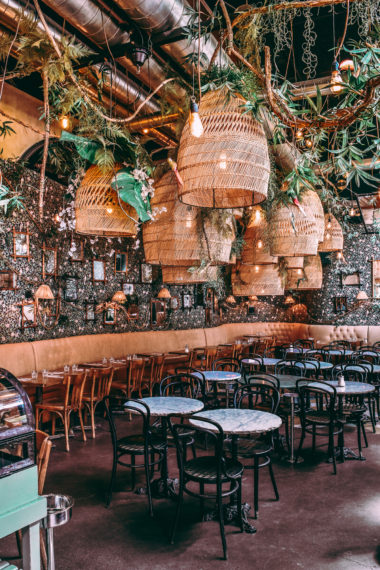
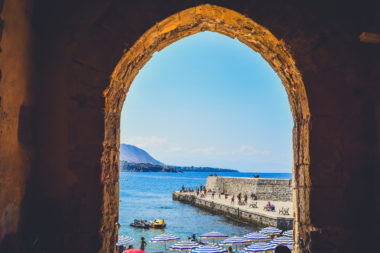

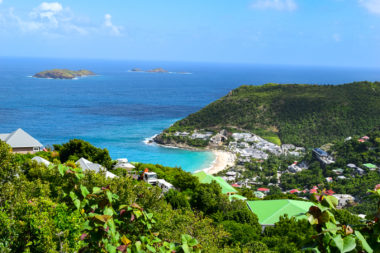
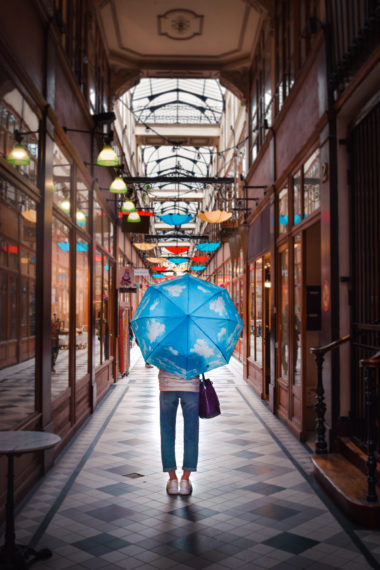
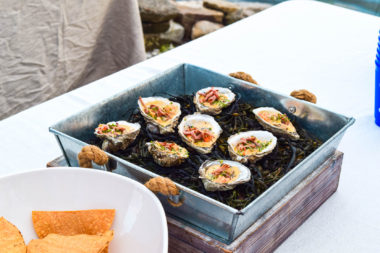

1 comment